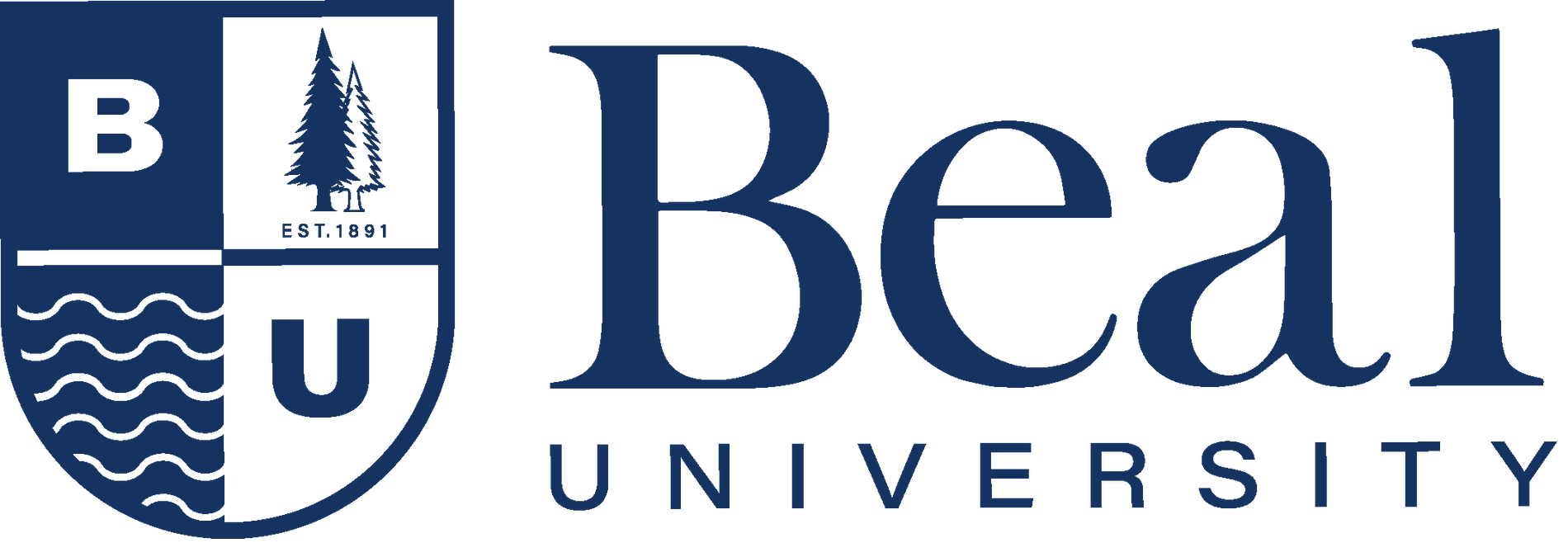 In education, accreditation plays a vital role in ensuring the quality and integrity of institutions and programs. It provides a seal of approval, signaling to students, employers, and stakeholders that an educational program meets established standards of excellence. One type of accreditation is programmatic accreditation.
In education, accreditation plays a vital role in ensuring the quality and integrity of institutions and programs. It provides a seal of approval, signaling to students, employers, and stakeholders that an educational program meets established standards of excellence. One type of accreditation is programmatic accreditation.
Programmatic accreditation is a process through which specialized programs or disciplines within an educational institution undergo evaluation to determine if they meet established standards of quality. Unlike institutional accreditation, which evaluates an entire institution, programmatic accreditation focuses on specific programs or departments within an institution. This type of accreditation ensures that individual programs are delivering education that meets industry or professional standards.
Four Steps to Accreditation
Beal University has just completed the first step of programmatic accreditation for its Associate Degree in Nursing Program, Bachelor of Science in Nursing-DE (RN-BSN) Program, and Master’s Degree in Nursing-DE Program.
Achieving programmatic accreditation involves several steps. The process begins with a self-assessment conducted by the institution or program seeking accreditation. This involves an in-depth review of a program’s standards in five particular areas: program culture and excellence, mission and governance relating to the broader institution, faculty qualifications, student resources and support, and curriculum outcomes.
Beal’s nursing faculty submitted a self-study based on these five standards to the National League for Nursing Commission for Nursing Education Accreditation (located at 2600 Virginia Avenue, NW, Washington, DC, 20037. 202-909-2487) and now holds pre-accreditation status for its Beal’s Associate Degree in Nursing Program, Bachelor of Science in Nursing-DE (RN-BSN) Program, and Master’s Degree in Nursing-DE Program. Holding pre-accreditation status does not guarantee that initial accreditation by NLN CNEA will be received but it is an important first step in the process.
Evidence of Compliance
Once the self-assessment is complete, the institution or program prepares a comprehensive report that provides evidence of compliance with the accreditation standards. This report includes documentation such as syllabi, assessment data, faculty credentials, and facilities information. It demonstrates how the program meets or exceeds the standards set by the accrediting body.
After the report is submitted, an evaluation team appointed by the accrediting body conducts an on-site visit to assess the program in person. The evaluation team typically consists of professionals with expertise in the field of study, who review the program’s facilities, curriculum, student work, and meet with faculty, staff, and students. The team’s findings are then compiled into a report.
Finally, a decision is made by the accrediting body based on the self-assessment report, the on-site visit report, and any additional documentation provided. If accreditation is granted, the program must engage in regular reporting and undergo periodic reevaluation to maintain accreditation status.
It is important to note that programmatic accreditation is a voluntary process. Institutions choose to pursue accreditation to demonstrate their commitment to quality education and to gain a competitive advantage. Accreditation is not a one-time achievement; it requires ongoing efforts to maintain compliance with the established standards.
The Importance of Accreditation
Why is programmatic accreditation important? First, it provides students with confidence in the quality and value of their chosen educational program. Accredited programs have undergone rigorous evaluation, which assures students that they will receive a high-quality education that meets industry standards. It also helps students make informed decisions when selecting a program, as they can easily identify accredited programs that meet their career goals.
Second, programmatic accreditation benefits employers and industry professionals. Accredited programs produce graduates who possess the necessary knowledge and skills to excel in their chosen field. This assures employers that the graduates they hire have received a comprehensive education and are well-prepared to contribute to their organizations. Accreditation also facilitates the transferability of credits between institutions, making it easier for students to pursue advanced degrees or transfer to other accredited institutions.
Finally, programmatic accreditation serves as a quality assurance mechanism for the education sector as a whole. By establishing and maintaining standards of excellence, accreditation promotes continuous improvement and accountability within educational programs. It fosters a culture of self-assessment, encourages the implementation of best practices, and ensures that programs remain current and relevant in a rapidly evolving world.
Programmatic accreditation provides students with confidence, assuring employers of graduates’ preparedness, and promoting continuous improvement, it contributes to the overall excellence of the education sector. While the process of programmatic accreditation can be rigorous, it serves as a valuable tool for program improvement. Accrediting bodies provide feedback and recommendations for areas that may require enhancement or modification. This feedback helps institutions refine their curriculum, teaching methodologies, and resources to align with industry needs and best practices.
Is Beal University Right for You? Get More Info…
If you’re interested in learning more about Beal University and exploring whether we have the right career path for you, fill out the form on this page to receive more information.
For immediate questions, call 207-307-3900
